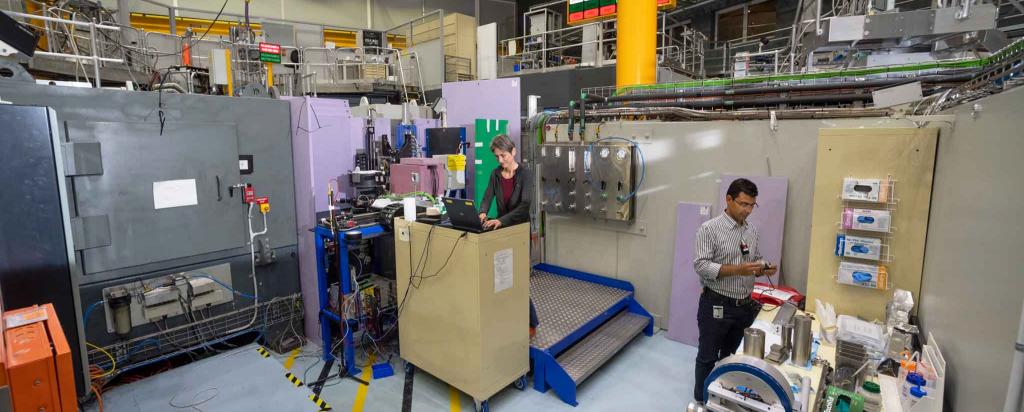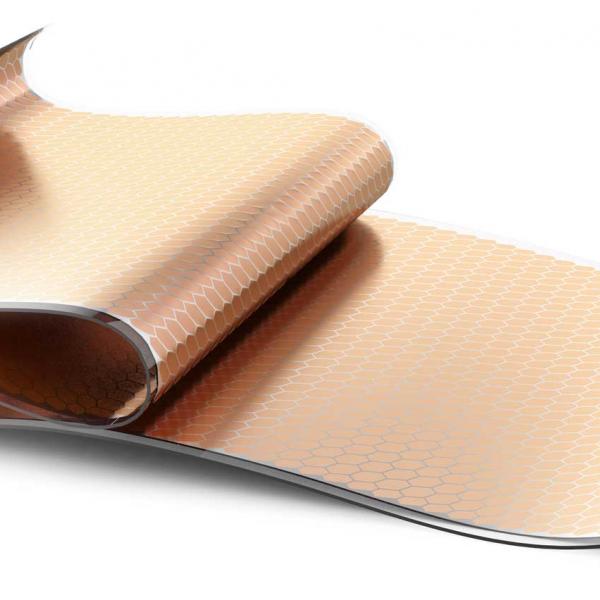
Kookaburra - Ultra small angle neutron scattering
Ultra-small-angle scattering is a method for studying the size and shape of objects of size 10 µm and below by diffraction. If done with neutrons rather than X-rays, it becomes ultra-small-angle neutron scattering (or: USANS), and all the normal advantages of neutrons come into play: contrast different to that of X-rays, ability to vary contrast using deuteration, sensitivity to magnetism, and penetration into macroscopic samples.
Therefore, the USANS is useful for studies of pores and cracks in rocks, cement or engineering materials, very large biological or polymer molecules or macromolecular assemblies, and mesoscopic magnetic particles.
The range of interest includes bacteria, blood, cements, clays, clusters in metals, coals, colloids, complex fluids, emulsions, foams, food, gels, granular materials, hydrogels, membranes, micellar systems, minerals and mineral processing, nanocomposites, nanotechnology, phase transitions, polymer blends, polymers, porous materials, powders, precipitates, proteins, rocks, thin metallic or organic films, viruses, etc.
In March 2009 ANSTO approved funding for the installation of a USANS instrument, Kookaburra, on the cold-neutron guide CG3 at the OPAL research reactor. The instrument uses the classical Bonse-Hart method, and is an optimised version of the reactor-based USANS instrument, BT-5 at NIST.
Kookaburra extends the range of experimentally measurable length scales currently accessible through the already existing SANS instrument Quokka by two orders of magnitude into the micrometre regime.
Therefore, the combination of USANS and SANS at ANSTO allows the characterisation of microstructure over 4 orders of magnitude in size (1 nm to 10 µm).
Furthermore, the multilevel structures in solids and liquids, reflecting not only nanometre-sized molecules and particles, but also µm-sized aggregates and agglomerates can be probed by neutron diffraction.
In common with SANS, USANS provides information on bulk properties with minimum sample preparation, and can be used to analyse material in a non-destructive manner.
Instrument Advisory team
Members
Duncan McGillivray (U. of Auckland) Spokesperson
Craig Buckley (Curtin U.)
Andre Heinemann (Berlin Neutron Scattering Centre)
Lee Hoffmann (Flinders U.)
Philip Reynolds (Australian National University)
Jeremy Ruggles (U. of Queensland)
Chris Garvey (ANSTO)
Elliot Gilbert (ANSTO)
Jitendra Mata (ANSTO)



